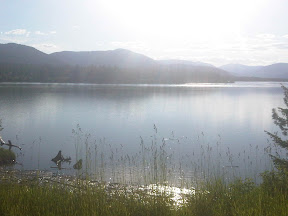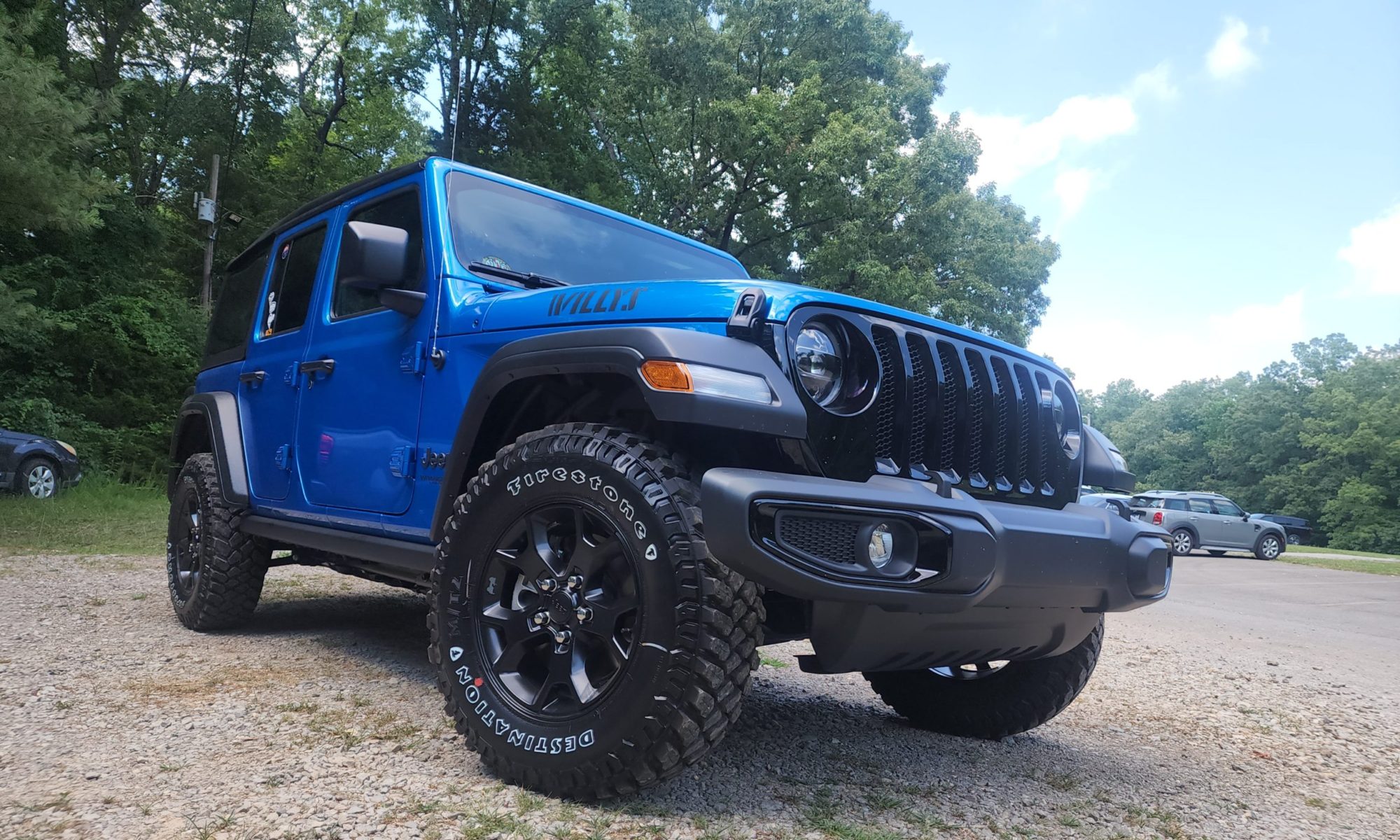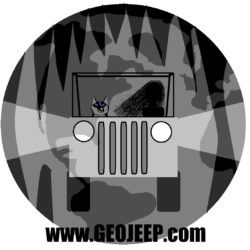GPS.
Although I am from this era I have fought against the technology generation’s idea of navigation. It wasn’t until this past December that I even owned a GPS. I had borrowed family members GPS from time to time, but I always printed out maps and picked up state and local maps along the way. This summer was a little different. I had a North American atlas- from 2008- but I actually relied on my new GPS pretty heavily. In general the GPS keeps you on interstates and other highways well traveled and dotted with tourist traps and gas stations. Today I must have accidentally changed the settings.
I was making my way from Glacier N.P in Montana to Sandpoint, Idaho. I glanced at the atlas but turned on my GPS and followed it’s directions. I thought I would be staying on highway 2 all the way to highway 95 where I would be on the straight track to Sandpoint. Instead the GPS told me to turn left onto Mc Ginnis Meadows Rd., taking to long way to town.
Soon I found myself driving along a country mountain road that certainly wasn’t wide enough for another vehicle to pass me (if I had run into another soul on the 30 mile stretch of road at all…but I didn’t….I really was in the middle of no where). I don’t know exactly what happened to make the GPS direct me this way. I drove through the water of lakes that had crested their banks onto the dirt and gravel road, I tumbled over washouts above several hundred feet deep ravines filled with rushing rivers. I climbed up to tops of mountains and back down to the bottoms of the river-filled ravines.

There was a point where I was afraid I should have turned back. Surely driving alone on these roads where there was no cell phone service wasn’t the smartest move to make. Then again, I was on this trip for adventure…would I ever know what laid at the end of this road if I didn’t follow it? I continued on, and after a certain point it made no sense to turn back. It was time to embrace this near off-roading experience. It was actually quite scenic and the road was fun. I like to blame this event on my Jeep and my GPS plotting against me….

I was happy when I emerged from the wilderness at Noxon Reservoir as the sun began to turn the water gold. The rest of the drive to Sandpoint was along the water, beautiful and serene as it twisted around the mountaineous terraine. I was happy to arrive in town and I found a local restaurant in hopes to enjoy a big meal including a baked potatoe. I was in Idaho, afterall. Turns out the restaurant was out of baked potatoes…

I guess that not everything is ideal, but that doesn’t mean it isn’t good. Sometimes life’s curveballs can be just as good as what we thought we had predicted for our lives. We try to make our plans for lives, and we alter those plans depending upon the information we receive. Sometimes, even with all of the information we find, life takes turns all on it’s own. It may not be ideal, but the strength and growth we find in ourselves when we meet unexpected obstacles makes life exciting. Sometimes better. We just have to wait and see. We may not want to plan to take the more perilous route, but the experience when we are put in a place to take it is one we will remember for a lifetime. That experience will help us suceed in the future, and it means we are stronger than those who have always received exactly what they wanted.
Tomorrow I venture to the far northeast of Washington state. I would say I’ll see you there, but I can’t be certain….I’ll just say I’ll see you tomorrow, no matter what tomorrow means.
-Nicole





